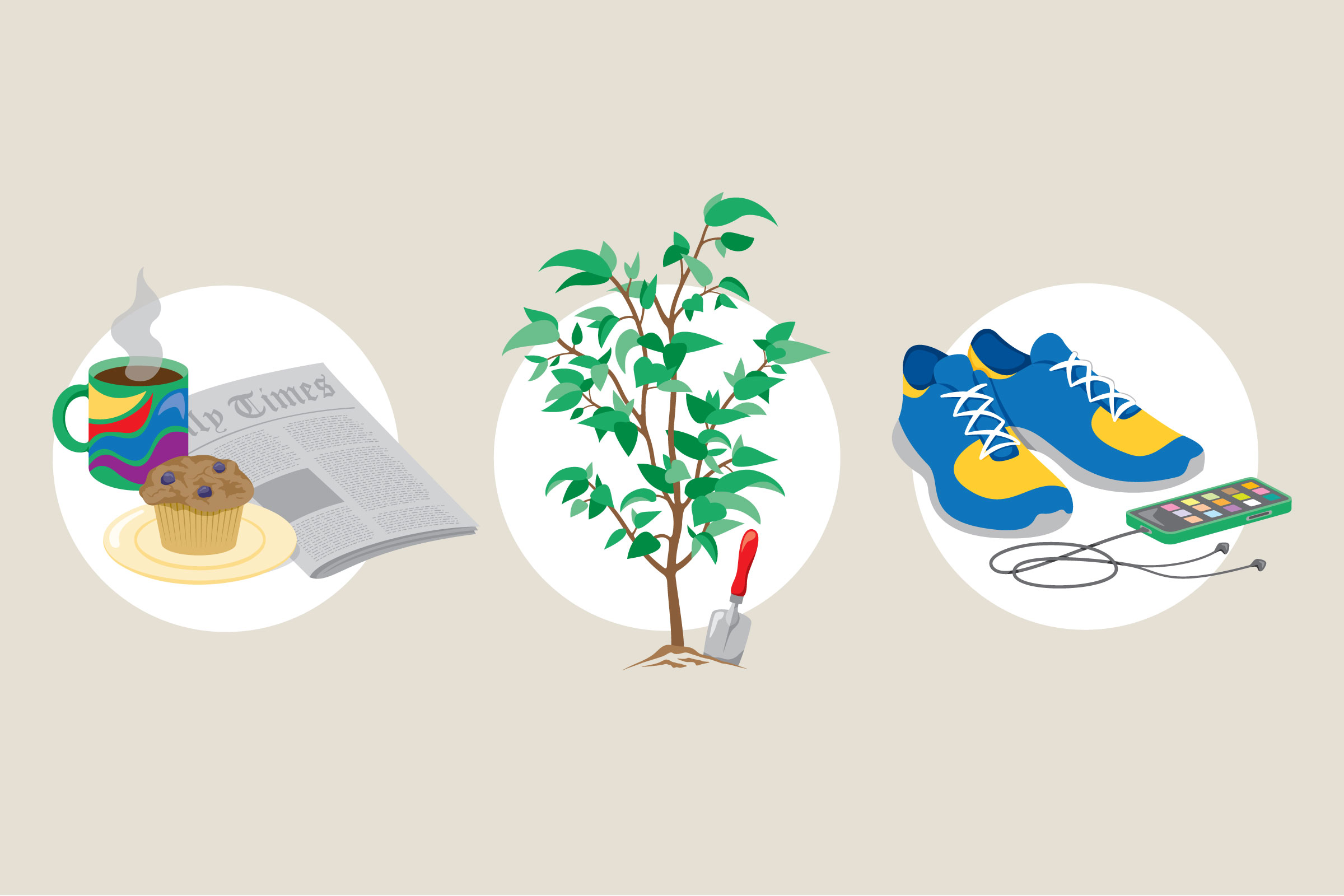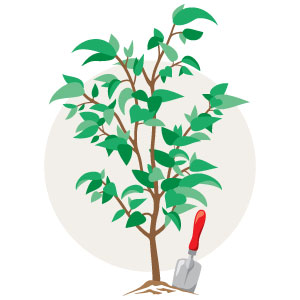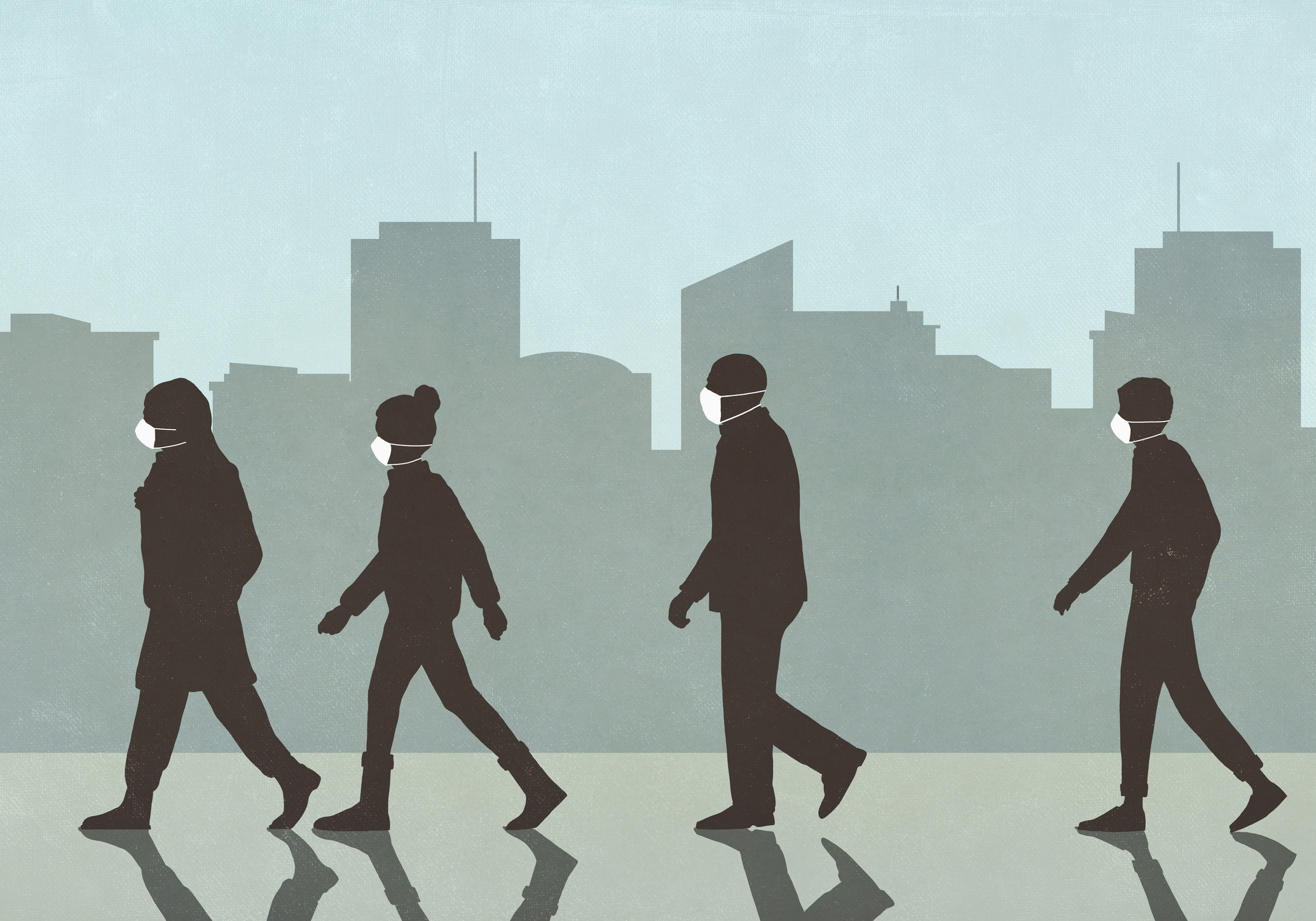T E A R S
it seems like the one thing that the World and all of its inhabitants actually universally share, no mater who we are or how tough or weak we think we are
e s p e c i a l l y
when someone we love dies. . .

This past week I was doing a funeral for an elderly man who had no immediate family, but he had cousin-in-laws and their families who came to celebrate his life.
I’ve long believed that the thing about weddings and now funerals, is that the the only thing that’s traditional about either of them, is that there is nothing traditional about either of them anymore. No two day visitations and the third day a funeral. A lot of the funerals that I conduct (usually 26 a month) sometimes are months down the road, (like the two I already have scheduled the day after Thanksgiving)
This particular funeral had the person having died three weeks ago, but it was the only time everyone could actually come together because of out of town circumstances. There were less than 15 people attending, including the 6 children of various ages.
I was tempted to just have us literally circle the chairs and just talk about “George.” There was no a somber tone to the service especially with the little ones literally running around and just as I finished the short welcome and opening prayer, 2 and 1/2 yr old Xavier comes running over to me, full sprint with arms open wide and jumps up into my arms. Mind you, I’ve never met this family or this little guy. There was a gasp from the family and then laughter as he shouted out, “I LOVE YOU!”
My service towards to him as I told him how happy I was that he was there and that I got to meet him. As he wiggled out of my arms he reached into his pocket and pulled out a mangled band-aid and put it on my shoe
 And he before I could thank him, he told me if was for my Boo Boo and then hugged my leg and said, “ALL BETTER”
And he before I could thank him, he told me if was for my Boo Boo and then hugged my leg and said, “ALL BETTER”
The reaction was mixed horrified but mostly laughter. How could you not “Ahhhhh” that?
Before we finished the celebration of “George” Xavier was back in my arms waving at everybody which ended with a loud B E L C H. . .
 G R I E F
G R I E F
comes to us in so many different ways,
NOT ALWAYS SAD
In his own way,
Xavier taught us a valuable lesson
that the famous poet, Robert Frost
once tried to share with us long ago
when he said that all he knows about life can be summed up in 3 words:
“IT GOES ON”
When Xavier’s parents and grandparents came up to me following the service, red-faced and apologetic, I thanked them for BRINGING Xavier instead of having him at home or back at the hotel with a babysitter, to prove again, LIFE GOES ON as it does. He showed us all that we walk around with Boo Boo’s that may not be in need of band-aids so much as hugs that make us feel, “ALL BETTER”
. . .on the way home, band-aid still on my shoe, I thought, when’s the last time I BROUGHT that and grateful then and now, that Xavier, my small
Caring Catalyst friend,
D I D

























